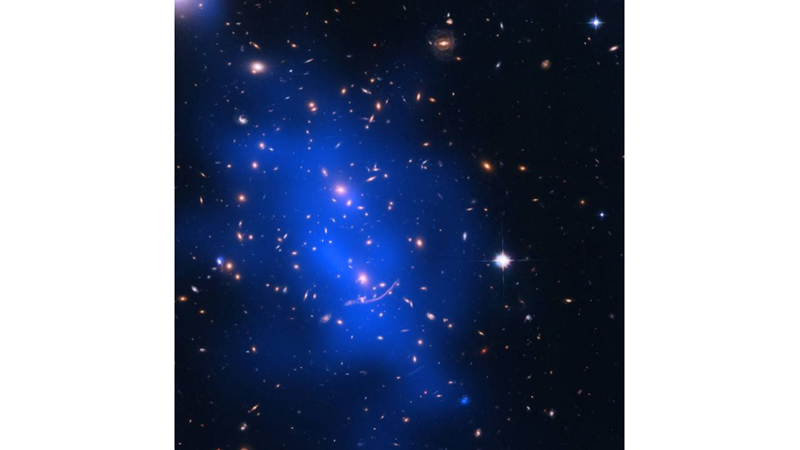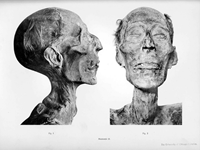A new measurement of the universe has confirmed that dark energy accounts for close to 69 per cent of the totality of everything.
The remaining 31 per cent is matter, both the normal kind - the particles and forces that make up everything we can see - and dark matter, the mysterious gravitational nightmare responsible for motions and effects that cannot be explained in any other way at present.
"Cosmologists believe that only 20 per cent of total matter consists of normal or 'baryonic' matter, which includes stars, galaxies, atoms and life," says astronomer Mohamed Abdullah of the National Institute for Astronomical and Geophysical Research in Egypt and Chiba University in Japan.
"About 80 per cent is made up of dark matter, which may consist of some subatomic particles whose mysterious nature is as yet unknown but has yet to be discovered."
Dark energy, on the other hand, is more of a force. We don't know what that is either. It is the name we give to whatever is causing the accelerating expansion of the Universe, and there is a lot of it out there. Repeated measurements have shown that it makes up most of the matter-energy density of the Universe, in an amount that tends to hover around 70 per cent.
Determining the rate at which the Universe is expanding has so far been extremely difficult, but there are many good reasons why scientists want to do it. Shrinking the matter-energy density of the Universe could help scientists understand what dark energy is, how it has affected the expansion of the Universe so far, and what might happen in the future: The Universe expanding forever, or reversing course and shrinking towards the Big Crunch.
A tried and true way to calculate how much dark energy there is is based on galaxy clusters. This is because these clusters are made up of matter that came together under gravity during the Universe's lifetime of about 13.8 billion years.
By comparing the number of galaxies in a cluster and its mass with numerical simulations, scientists can calculate the ratios of matter and energy.
"Because today's galaxy clusters are formed from matter that has collapsed under its own gravity over billions of years," explains astronomer Gillian Wilson of the University of California Merced, "the number of clusters currently observed, the 'cluster abundance', is very sensitive to cosmological conditions, and in particular to the total amount of matter."
But because most of the mass is provided by dark matter, it is difficult to directly measure the mass of a galaxy cluster. The researchers instead determined the mass of galaxy clusters in their database by counting the number of galaxies in each one, which the team carefully analysed using the GalWeight technique to ensure that each contains only cluster galaxies. Because larger clusters have more galaxies, a relationship known as the mass-richness relation (MMR), the researchers were able to estimate the total mass of each of the sample clusters.
They then performed numerical simulations to create galaxy clusters containing varying proportions of dark energy and matter. The simulations closest to the observed galaxy clusters belonged to a Universe with 31 per cent matter.
This is very close to (and an improvement over) the team's previous work, which gave the dark energy ratio as 68.5 per cent and the matter ratio as 31.5 per cent. It is also in very good agreement with other measurements of the Universe's matter-energy density, suggesting that we are very close to stabilising it.
"We have succeeded in making the first measurement of matter density using MRR, which is in excellent agreement with that obtained by the Planck team using the cosmic microwave background method," says astronomer Tomoaki Ishiyama of Chiba University.
"This study also shows that cluster abundances are a competitive technique for constraining cosmological parameters and complement non-cluster techniques such as CMB anisotropies, baryon acoustic oscillations, Type Ia supernovae or gravitational lensing."
Source: https://www.sciencealert.com/


 Nielawore
Nielawore










Yorum yazmak için lütfen giriş yapınız